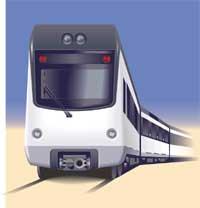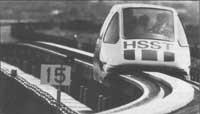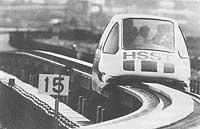Flying trains
2001/02/25 Mendiburu, Joana - Elhuyar Zientziaren Komunikazioa
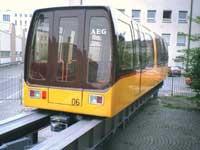
The train is an alternative means of transport to reduce the use of the car, but its slowness makes it a means of transport adapted to current needs. However, there have been great advances and two other high speed and magnetic levitation technologies are already known in addition to the conventional train.
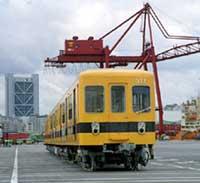
The conventional train allows speeds of 160 km/h, so it is normally used for small distances. With the high-speed train long distances are made at 350 km/h and, unlike the magnetic train, is a technology compatible with the current routes. Unfortunately, it seems that old railways are not always used, but, well, that depends on those who use the technique.
The latest invention that will revolutionize railway technology are "flying" trains. These trains are magnetic levitation trains that circulate along the so-called guides. The main novelty of this technology, as its name suggests, is its ability to "float" thanks to magnetic force. Magnets on both sides of the guide and on train carriages create the magnetic field that lifts the train and moves forward. These trains are faster than any other train, as they reach a speed of 300 – 500 km/h, but in addition, an important novelty is that it avoids the sounds and vibrations that occur as a result of the friction of the train. First they were developed by Japanese, but it seems that in recent years the Germans have advanced.
Long history of the Transrapid train

Transrapid has a very long and complex history. The technology was patented in the 1930s by the German engineer Hermann Kemper. Tired of the sound of the train passing by the parents' house of the German engineer, he decided to develop a technique to avoid friction. In this way it occurred to him to use the magnetic fields as a railway and propulsion element. Transrapid moves on a concrete structure of 2.80 meters, but is not touched, "floats" on it at a height of 10 millimeters. Sensors check the train distance 30,000 times per second and regulate the magnetic power.
The German government decided in 1969 to study the viability of this technology. In 1984, a 30 km test run began. Given the smooth operation of the project, they decided to build a 300 kilometer railway that would unify Hamburg and Berlin, with the aim of being able to make this trip an hour. However, due to funding and feasibility studies, the project was delayed. In 1998, when the red-green coalition came to power, Transrapid received a terrible blow.
Environmentalists have always shown themselves against this project, since their intention is to take advantage of current railways without making new itineraries that deteriorate landscapes. Finally, last February the government and the companies involved decided to suspend the project, even though they had already invested 190,000 million pesetas (7.6 million pounds).
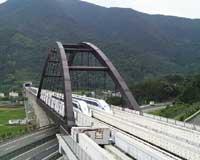
Now, thanks to the purchase of China, the project has been renewed and the Germans expect the United States and Australia to be encouraged to do the same. This is a short 30 km tour that will take place in less than 10 minutes of platform. It is also a suitable technique for the routes of this length, due to its high acceleration capacity and speed of braking. If this first route is profitable, in China there will be a route of 1,300 kilometers that will unite Shanghai and Beijing, which will cost 12 billion pesetas. China plans to develop its rail network within five years, mainly with the aim of bringing the marginal regions closer together.
It is quite paradoxical that an important technology developed in Germany cannot be put into operation, but this has already happened to them before. That's what happened to them with the fax, which was created by themselves, but which was first marketed by the Japanese.
Published in 7K

Gai honi buruzko eduki gehiago
Elhuyarrek garatutako teknologia




